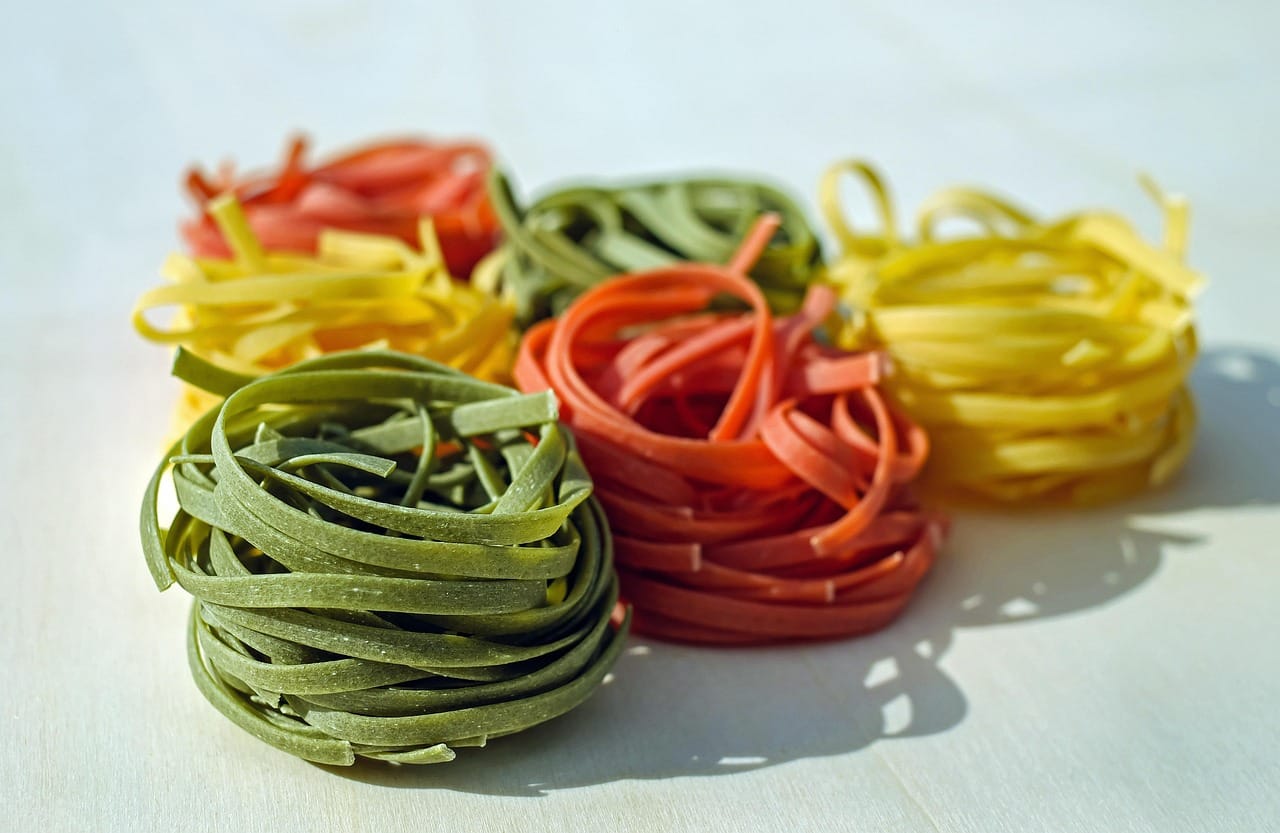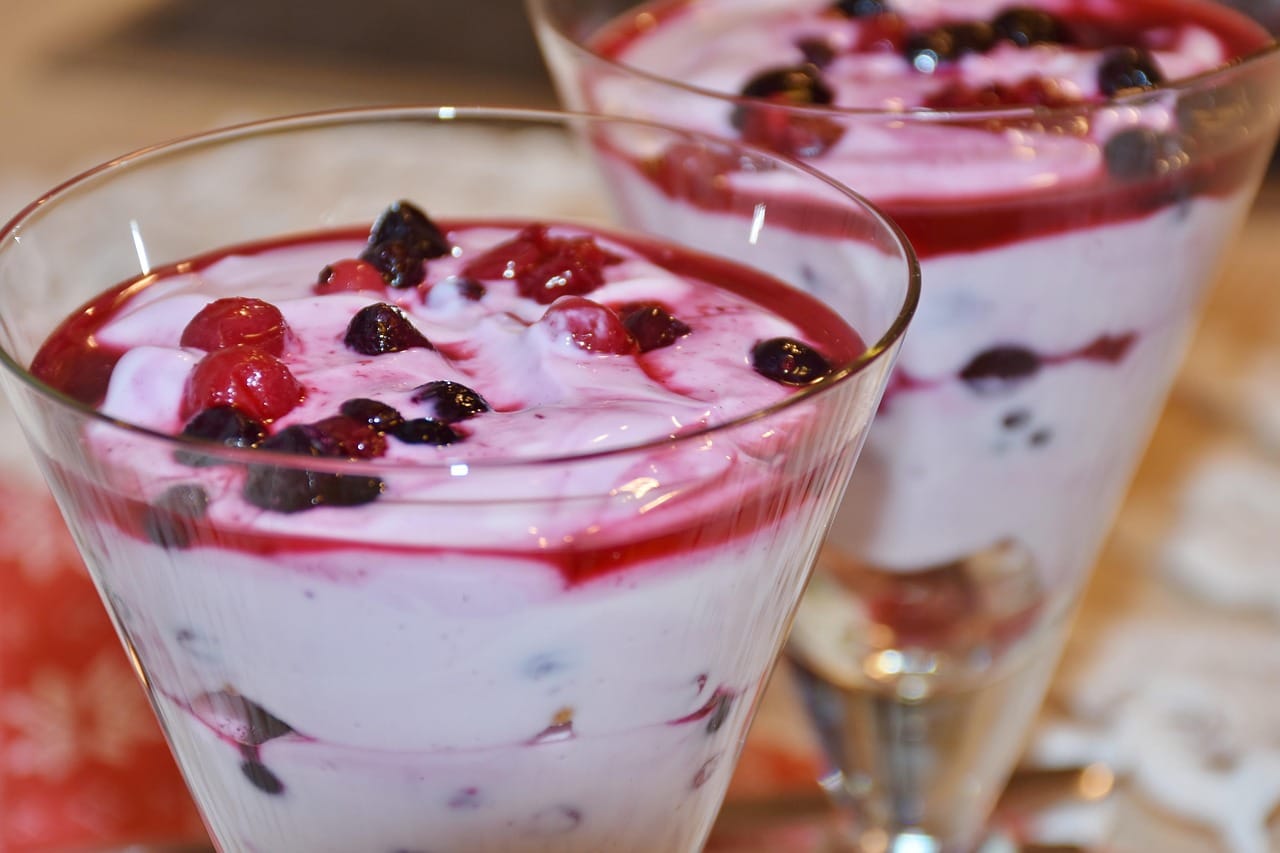Golden, crispy, and undeniably craveable, onion rings are more than just a side dish; they’re a culinary experience. From county fairs to upscale restaurants, these battered and fried delights have captured hearts (and stomachs) worldwide. But what makes the perfect onion ring, and how can you elevate your own onion ring game? Let’s dive into the fascinating world of this beloved snack and explore everything from its history to the best tips for achieving crispy perfection.
The History and Evolution of Onion Rings
Origins and Early Mentions
The precise origin of onion rings is a bit murky, but recipes resembling modern onion rings started appearing in cookbooks in the early 20th century. One of the earliest known recipes appeared in a 1933 advertisement for “Ritzy Lunch” where they were called “Onion Rings Fried in Batter”. While not definitively proven, some speculate the Kirbys Pig Stand restaurant chain may have also played a role in popularizing them during that same era. Regardless of the exact genesis, the concept of coating and frying onion slices quickly gained traction.
Popularization and Rise to Fame
The mid-20th century saw onion rings explode in popularity, becoming a staple at diners, drive-ins, and fast-food chains across America. The combination of simple ingredients, ease of preparation, and satisfying taste made them an instant hit. The rise of the fast-food industry further cemented their place in culinary history, with many chains featuring onion rings prominently on their menus.
Variations Across Cultures
While typically associated with American cuisine, variations of fried onion rings exist in cultures worldwide. In some countries, different spices and seasonings are used to create unique flavor profiles. For example:
- India: Bhajis, which are similar to onion rings but often include spices like turmeric, cumin, and coriander.
- Japan: Tempura-battered onion rings, which are lighter and crispier due to the use of tempura batter.
- Spain: Calamares a la Romana, which can sometimes include onion rings alongside squid.
Choosing the Right Onion
Understanding Onion Varieties
The type of onion you choose significantly impacts the final taste and texture of your onion rings. Here are some popular options:
- Yellow Onions: These are all-purpose onions with a balanced flavor, making them a great choice for everyday onion rings.
- White Onions: Milder and slightly sweeter than yellow onions, white onions offer a more delicate flavor profile.
- Sweet Onions (Vidalia, Walla Walla): Their high sugar content results in exceptionally sweet onion rings that caramelize beautifully during frying. However, they might become too soft if not handled carefully.
- Red Onions: While less common, red onions add a slightly pungent flavor and vibrant color to your onion rings.
Slicing Techniques
Consistent slicing is crucial for even cooking. Aim for slices that are approximately ¼ to ½ inch thick. Too thin, and they’ll burn easily; too thick, and they’ll remain raw in the center. Use a sharp knife or mandoline for uniform slices.
Soaking Onions for Milder Flavor
If you prefer a milder onion flavor, soak the sliced onions in cold water for 30 minutes before battering. This helps to remove some of the sulfuric compounds responsible for their sharp taste.
Achieving the Perfect Batter and Breadcrumbs
Batter Ingredients and Consistency
The batter is what gives onion rings their signature crispy coating. Here are some key ingredients and considerations:
- Flour: All-purpose flour is a standard choice, but consider using cake flour for a lighter, more delicate batter.
- Liquid: Beer, milk, or buttermilk can be used as the liquid component. Beer adds a subtle flavor and helps create a light and airy batter due to the carbonation.
- Leavening Agents: Baking powder or baking soda contributes to a light and puffy batter.
- Seasoning: Salt, pepper, garlic powder, onion powder, paprika, and cayenne pepper can be added to enhance the flavor.
The ideal batter consistency should be similar to pancake batter – thick enough to coat the onion rings but not so thick that it becomes heavy or clumpy.
Breadcrumb Options for Extra Crispiness
For an extra crispy coating, consider using breadcrumbs in addition to or instead of batter. Here are some options:
- Panko Breadcrumbs: These Japanese-style breadcrumbs are larger and flakier than regular breadcrumbs, resulting in a super crispy coating.
- Regular Breadcrumbs: Offer a more traditional texture.
- Seasoned Breadcrumbs: Save time and add flavor with pre-seasoned breadcrumbs.
To create a breaded onion ring, dredge the onion slices in flour, dip them in a liquid (such as egg wash or buttermilk), and then coat them in breadcrumbs. Press the breadcrumbs firmly onto the onion rings to ensure they adhere properly.
Seasoning and Flavor Combinations
Don’t be afraid to experiment with different seasoning combinations to create unique flavor profiles. Try adding:
- Chili powder for a spicy kick.
- Parmesan cheese for a savory and cheesy flavor.
- Smoked paprika for a smoky flavor.
- Italian herbs for an herbaceous twist.
Consider making a flavorful dipping sauce to complement the onion rings. Ranch dressing, BBQ sauce, aioli, or even a homemade spicy mayo can elevate the entire experience.
Frying Techniques for Crispy Perfection
Choosing the Right Oil and Temperature
The type of oil you use and the frying temperature are critical for achieving crispy onion rings. Here are some recommendations:
- Oil: Vegetable oil, canola oil, peanut oil, and sunflower oil are all good choices due to their high smoke points.
- Temperature: Maintain a frying temperature of 350-375°F (175-190°C). Use a thermometer to ensure accuracy.
If the oil is not hot enough, the onion rings will absorb too much oil and become soggy. If the oil is too hot, they’ll burn on the outside before the inside is cooked.
Frying in Batches
Avoid overcrowding the frying pan or deep fryer. Fry the onion rings in small batches to maintain the oil temperature and ensure even cooking. Overcrowding can lower the oil temperature, resulting in soggy onion rings.
Draining and Serving
Once the onion rings are golden brown and crispy, remove them from the oil with a slotted spoon or tongs and place them on a wire rack lined with paper towels to drain excess oil. Serve them immediately while they’re still hot and crispy. Adding a sprinkle of sea salt after frying can enhance the flavor.
Conclusion
Mastering the art of making perfect onion rings involves understanding the nuances of onion selection, batter preparation, and frying techniques. By choosing the right onion variety, creating a flavorful batter, and maintaining the correct oil temperature, you can consistently produce golden, crispy, and irresistibly delicious onion rings. So, experiment with different flavors, find your favorite combination, and enjoy the satisfying crunch of this classic side dish!




